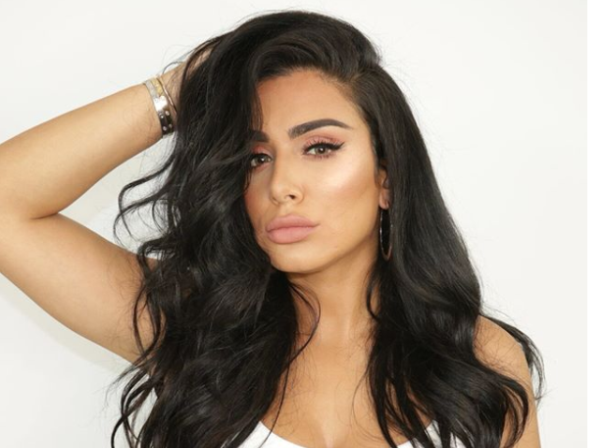There are four ‘macro-trends’ impacting the global colour cosmetics market which is expected to reach a staggering US$48.3bn this year, according to new research from Mintel.
Revealing the market intelligence agency’s latest findings at in-cosmetics Global, Mintel’s global colour cosmetics analyst Charlotte Libby said the top five colour cosmetics markets set to experience six percent growth this year were the US ($12.1bn), Japan ($6.4bn), China ($5.1bn), the UK ($2.7bn) and South Korea ($ 2.2bn).
However, she stressed that all markets would be impacted by the four “hottest macro-trends” ‒ social media, sustainability, transparency and hybridisation.
Vlog me beautiful
- 41 percent of Chinese colour cosmetics users’ purchase decisions are influenced by beauty bloggers and vloggers
- 66 percent of UK women aged 16-24 say it’s easy to learn new beauty techniques from the internet
“The success of influencers has shown that people buy the personality, and not simply the products. It has become more important for brands to have a personality, to showcase their founders, and tell their story to be relatable for consumers. Social media gives brands a way to give customers behind-the-scenes access to their culture.
“As fashions change, new ‘selfie-friendly’ zones of the face are receiving more attention. Eye make-up is moving away from the lids, with the brow bone and inner eye corners growing in popularity as focus points for bright and bold colours. Meanwhile, the Youtube-born ‘boy beat’ complexion trend is catching on, encouraging make-up users to switch to sheer bases and embrace so-called flaws such as freckles, pigmentation or dark circles.”
Focus on sustainability
- 66 percent of UK female beauty buyers aged 16-24 want retailers to give them more information about which beauty products are environmentally-friendly
“The beauty industry’s shift towards natural and organic products will have a unique impact on colour cosmetics, leading to increased attention on product origin and quality of ingredients. Brands will be expected to demonstrate their ethical policies and consideration of resources and alternatives. For instance, many glitters found in colour cosmetics contain non-biodegradable microplastics. As consumer awareness around the negatives of microplastics grows, glitter in make-up will be subject to more scrutiny.
“Consumers are drawn to brands that act responsibly. Attempting to reduce the carbon footprint by tackling waste is an area in which colour cosmetics brands can innovate. Alternative materials like bamboo, coconut husk and rice bran have been a growing trend in packaging. As well as appealing to consumers looking for environmentally-friendly products, they have the added benefit of standing out on the shelves where plastic and glass is the norm.”
Millennials seek transparency
- 39 percent of US women aged 18-34 think brands that support charities are trying to make themselves look better
“As global politics becomes more divisive, consumers want to be sure the companies and brands they buy from align with their personal views. As a result, an increasing number of brands are making their political views known and embarking on more action-led initiatives, such as charitable donations. This trend is expected to become more prevalent in 2018. Rather than just offering products, brands need to offer a way to support the world.
“While younger audiences are most likely to seek out brands that align with their beliefs and values, they can also be the most cynical, fearing charitable brands are disingenuous. Consumers need confirmation that this is a genuine positioning. Hence, a strategy involving charitable donations needs to be long term and treated appropriately, becoming part of the core business of the company.”
Make-up meets skincare
- 67 percent of Chinese women want to minimise make-up steps
- 41 percent of US female beauty buyers are interested in multi-purpose beauty products
“As consumer demand for make-up with skincare benefits increases, there is more opportunity for brands to develop hybridisation between categories. As part of growing concerns around pollution, face make-up can act as another layer of protection. Hence, it is important that colour cosmetics incorporate skincare benefits such as hydration and UV protection. Probiotics also have a chance to grow; a prominent trend in skincare, connecting good bacteria to healthy skin, they are increasingly being used in colour cosmetics too.”

